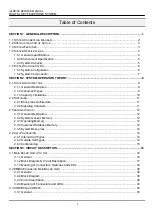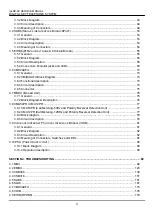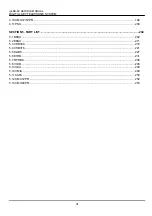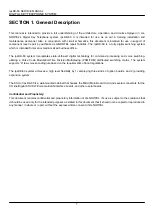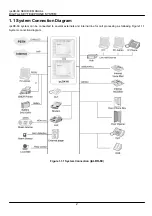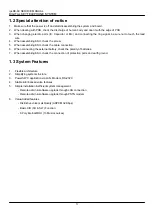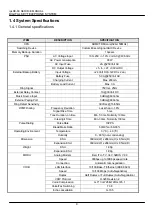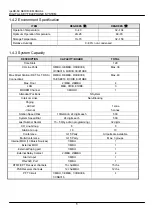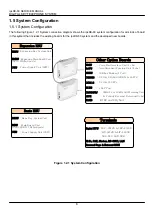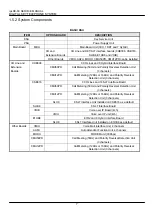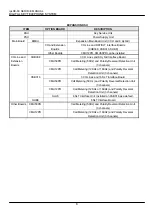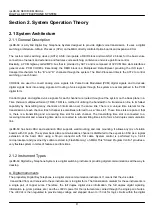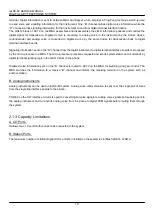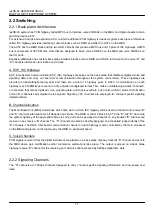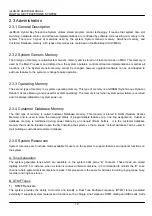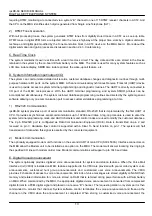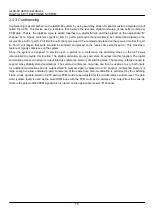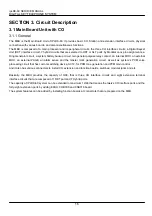
ipLDK-60 SERVICE MANUAL
DIGITAL KEY TELEPHONE SYSTEM
12
2.3 Administration
2.3.1 General Description
ipLDK-60 Hybrid Key Telephone System utilizes stored program control technology. It means that system time slot
switching, hardware control, and all feature implementations are controlled by software code residing on memory in the
system. There are 3 types of memories used by the system, System Generic memory, Scratched memory, and
Customer Database memory. All 3 types of memories are contained on the Main Board Unit (MBU).
2.3.2 System Generic Memory
The first type of memory is called System Generic memory and is stored on Flash memories on MBU. This memory is
used by the Main Processor and dictated how the system operates, controls all feature implementations, monitors all
functions, etc. The System Generic memory cannot be changed, however upgraded software can be downloaded to
add new features to the system or change feature operation.
2.3.3 Operating Memory
The second type of memory is a system operating memory. This type of memory is a SDRAM
(Synchronous Dynamic
Random Access Memory) and is used for system operating). The memory is lost when system power failure is occurred
and it is always initialized on system power-up.
2.3.4 Customer Database Memory
The third type of memory is called Customer Database memory. This memory is stored in RAM (Random Access
Memory) and is used to store the data and status of programmable features (e.g. line ring assignment). Customer
database memory is maintained during power failure by an onboard lithium battery. It is the customer database
memory that must be initialized upon the first installing the system so that a known “default” database can be used to
start building a customized customer database.
2.3.5 System Resources
System resources are functions made available for users on the system to support features and optional functions on
the system.
A. Tone Generation
The system generates tones which are available on the system back plane “B” channels. These tones are stored
digitally in ACT2. For instance, when a station is received intercom dial tone, it is commanded to monitor the “B” voice
channel where system intercom dial tone resides. This procedure is the same for all tones including ringing tones, busy,
recorder and ring-back tones.
B. DTMF Tones
1) DTMF
Receivers
The system provides the ability to monitor and identify a Dual Tone Multiple Frequency (DTMF) tones generated
externally. It supports system features and functions such as Single Line Telephone DTMF dialing and DISA calls. Calls

